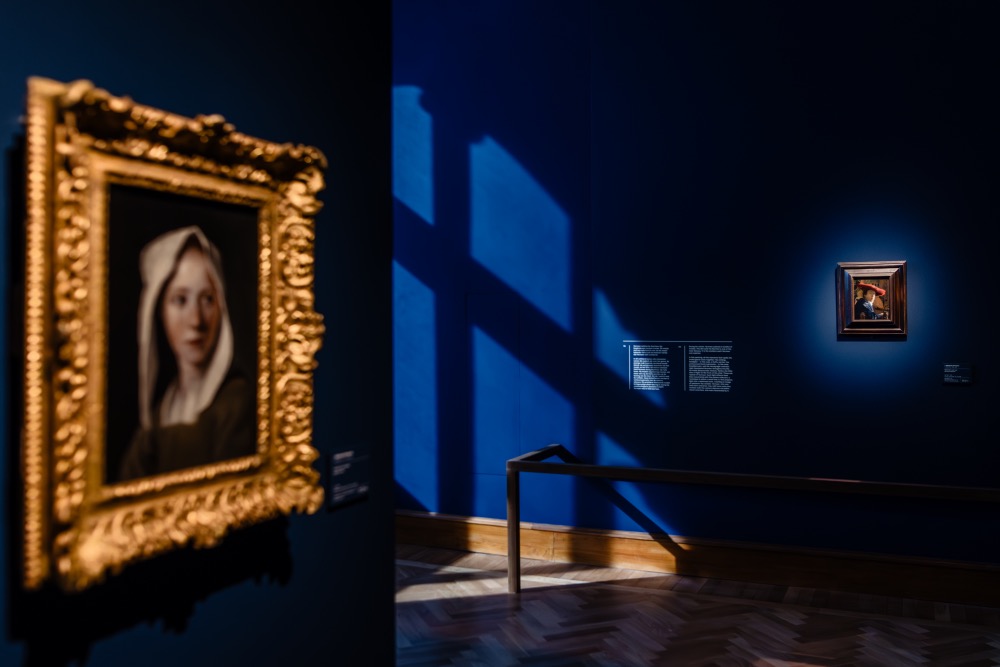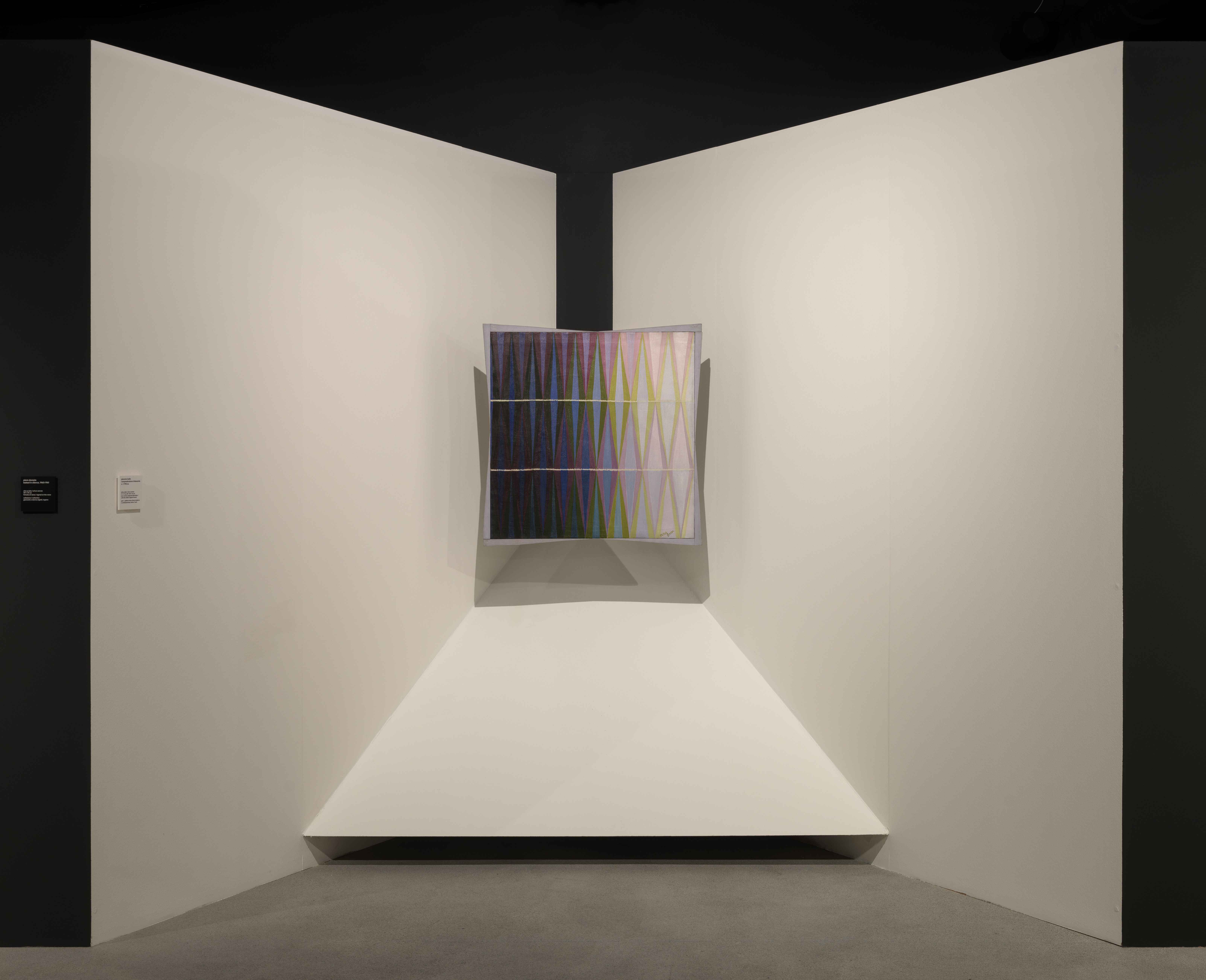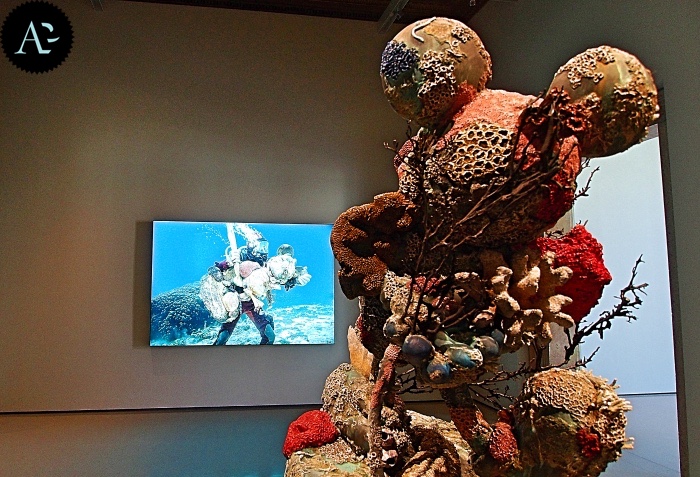
Have you ever thought about why there are so many exhibitions and why we like them so much, since some events are so crowded?
Undoubtedly, since the second half of the twentieth century, art exhibitions have been a widespread phenomenon all over the world, which knows no crisis and is often a cultural and economic element of a city or an area.
THE MAGIC OF ART EXHIBITIONS

You may have noticed that there are always hundreds of art exhibitions to see. Often it is not even possible to see them all and you need to choose what to visit and what to leave out.
WHAT IS AN ART EXHIBITION
An art exhibition is a temporary event where works of art are displayed to be admired, studied, and in some cases purchased.
Exhibitions may take place in galleries, museums, or alternative exhibition spaces. They may focus on a single artist, an art movement, a specific theme, or a specific historical period.
Exhibitions provide a unique opportunity to see works of art up close, in a context that emphasizes their meaning and beauty.
BECAUSE THERE ARE SO MANY ART EXHIBITIONS
The reasons why there are so many art exhibitions around the world are different. I have summarized them in 5 points.
- Cultural diversity: we live in an extremely culturally diverse world, and art is a way to express and celebrate this diversity. Art exhibitions allow people to explore cultures different historical periods, providing a window into worlds that might otherwise remain unknown.
- Education and Inspiration: art exhibitions play a key role in education in inspiration. For students, art enthusiasts or the merely curious, exhibitions offer a formidable learning opportunity. Each exhibition is an educational experience that can stimulate creativity and interest in art.
- Conservation and Research: art exhibitions play a crucial role in conservation and research. Through exhibitions, works of art are enhanced, studied, and better understood. Often exhibitions are accompanied by in-depth research that contributes to our knowledge of the art of history.
- Artistic Expression and Dialogue: art is a powerful medium of dialogue expression. Exhibitions allow artists to share their vision and initiate conversations about social, political and aesthetic issues. In a time of rapid change and global challenges, art offers a way to reflect and connect with the fundamental issues of existence.
- Social Experience: art exhibitions are also social events. They offer a reason to get out, explore and interact with others. In an increasingly digital world, exhibitions provide a tangible shared experience that enriches our cultural social life.

Damien Hirst, Treasures from the Wreck of the Unbelievable
Art exhibitions, then, are more than just events. They are vital expressions of our culture, means of education and preservation, and opportunities for inspiration dialogue.
Art exhibitions are not just to be seen, but to be experienced and explored in depth.
ART EXHIBITIONS TO REMEMBER
Of the years, some art exhibitions have had a significant impact on the way temporary exhibition routes are conceived and implemented. Here are five important examples.
- Les Magiciens de la Terre (1989) – this exhibition, held in Paris at the Centre Pompidou and the Grande Halle de la Villette, was revolutionary for its global approach.The exhibition presented works by contemporary artists from around the world, paying special attention to the representation is qua Western and non-Western artists.
This exhibition influenced the perception of global art and the need to be more inclusive in the construction of exhibition routes. - Sensation: Young British Artists from the Saatchi Collection (1997) – presented at the Royal Academy of Arts in London, this exhibition exhibited works by emerging British artists, including Damien Hirst and Tracey Emin.
The exhibition was an event celebrated for its provocative approach, changed the way the public interacted with contemporary art, and introduced a new dynamism and emotional involvement in exhibitions. - The Weather Project di Olafur Eliasson (2003) – Installed in the Turnibe Hall of the Tate Modern in London, this exhibition transformed the space into an immersive experience that simulated sunlight. Eliasson’s approach to creating immersive and interactive environments has strongly influenced the way temporary exhibitions can engage audiences in multisensory experiences.
- Documenta – the event takes place every five years in Kassel, Germany, and is famous for its innovative and experimental approach to contemporary art exhibitions. Each edition introduced new ideas on how to curate and present art, profoundly influencing the field of contemporary art and the way temporary exhibitions are conceived.
- China: Through the Looking Glass (2015) – this our took place at the Metropolitan Museum of Art in New York and explored the influence of Chinese culture in the Western world. The exhibition and famous because it was spectacularly presented, integrating fashion, art and technology, offering an example of how exhibitions can cross boundaries between different artistic disciplines.
These five exhibitions are just a few examples of how creative thinking can turn a temporary exhibition into an unforgettable experience. I could also mention Damien Hirst’s Treasures from the Wreck of the Unbelievable exhibition in Venice, which included lil dreaming and imagination as the driving force behind artistic creation in a contemporary art exhibition. In addition, one might recall the first retrospective of Luigi Pericle in Venice, an artist who in his lifetime chose to distance himself from the art world and is now experiencing an unprecedented posthumous exhibition season.
Art exhibitions can influence not only how art is presented but also, and more importantly, how it is perceived by the public.

